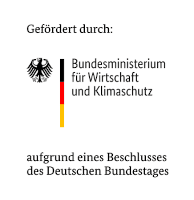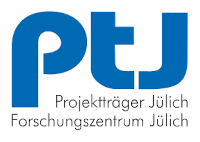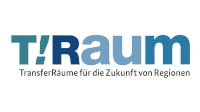CG Rail GmbH’s lightweight CRP bogie frame wins 2020 ERCI Innovation Award
Dresden-based CG Rail GmbH has won the 2020 European ERCI Innovation Award in the category “Most Innovative SME”. The Saxon engineering company received the distinction for a lightweight CRP bogie frame based on an innovative differential construction method. Each year, the ERCI—European Railway Clusters Initiative—presents awards for the three best novel developments in rail technology. In addition to the award for the most innovative SME, there is also an award for the most innovative large company and a jury prize for which all applicants are eligible.
Thanks to its product characteristics and manufacturing process, CG Rail’s bogie frame represents a true innovative leap. The four main components of the system—its longitudinal and transverse members—are made entirely of carbon-fiber-reinforced plastic (CRP). This makes the frame almost 50 percent lighter than conventional metal constructions. It also has excellent ride dynamics. The CRP frame meets all common rail requirements, such as for responses to fire and impact, and makes it possible to integrate sensors for continuous component monitoring and condition-based maintenance. In a cyclical test in accordance with DIN EN 13749, the frame withstood 12 million load cycles at a load level up to 60 percent greater than the normal operating load. This corresponds to a service life of more than 33 years.
The manufacturing process also meets benchmark criteria. All processes are highly automated in accordance with Industry 4.0 criteria, permitting reproducible and extremely efficient production.
“We are very pleased to be the first Saxon company to receive this award. It is testament not only to the knowledge and skills of our interdisciplinary teams of engineers, but also to the general expertise in lightweight construction in industry and research in the Dresden region, such as at the Dresden University of Technology, which is part of the German Universities Excellence Initiative. Without this excellent network, we would not have achieved the current level of innovation,” says Prof. Dr.-Ing. Andreas Ulbricht, Managing Director of CG Rail GmbH, referring to the CRP frame’s development time of only 15 months.
The frame already withstood its baptism of fire in the CETROVO—the world’s first lightweight CRP train. For this project, instigated by China’s CRRC, the world’s largest rail-vehicle manufacturer, CG Rail also developed the front cab, car bodies and underfloor cladding, all in carbon-intensive designs. The Dresden-based company’s 27 highly qualified engineers are currently working on the second generation of the CRP frame, among other things. Their key tasks include further reductions in weight and manufacturing costs through specific adaptations of the design and the production process, as well as the integration of sensors. It’s debut, in a metro system, is planned for 2021.
CG Rail GmbH specializes in the development of innovative lightweight designs, materials, and technologies in the field of rail and transportation technology, in particular for high-speed trains and subways. Its solutions are also used in other sectors of the mobility industry as well as in production technology. They are attracting increasing interest among other things for commercial vehicles and buses. In this field, the new lightweight-construction concepts can compensate for the weight increases associated with the move to electric drives, so payloads are not compromised. In this way, they also increase the ranges of the vehicles.
Founded in 2015, the company boasts expertise based on the internationally renowned benchmark of the Dresden model of function-integrative system lightweight engineering in multi-material design. An international team engages in interdisciplinary collaboration and close cooperation with the unique network of acclaimed lightweight engineering companies and research institutions in the greater Dresden area, guaranteeing coverage of the entire range of services in the development chain—from conception to design and simulation, through to technological implementation and prototype testing.








![BMBF_CMYK_Gef_M [Konvertiert]](https://composites-united.com/wp-content/uploads/2022/03/BMBF_gefoerdert_en_rgb.jpg)









